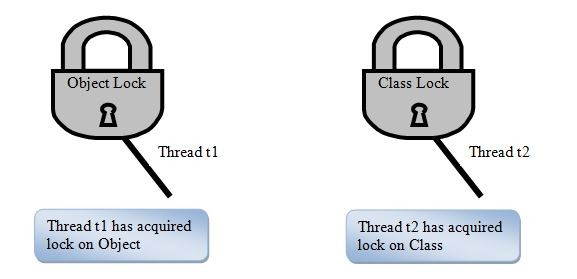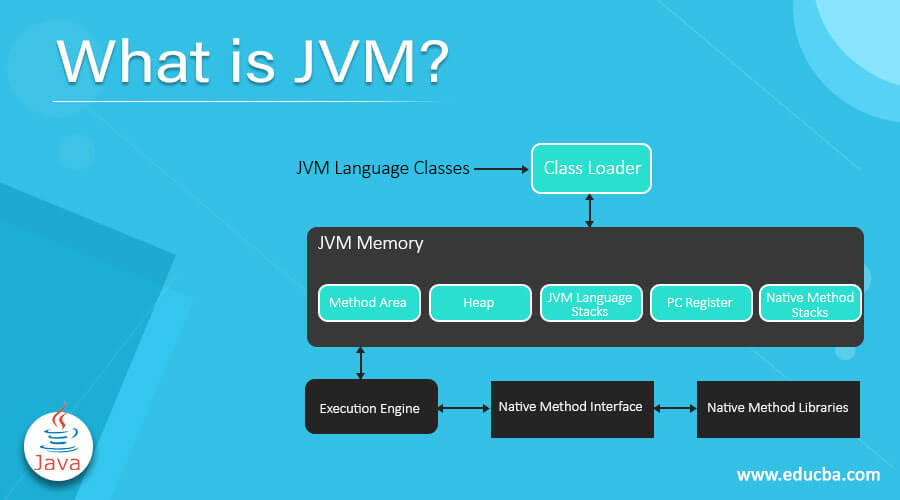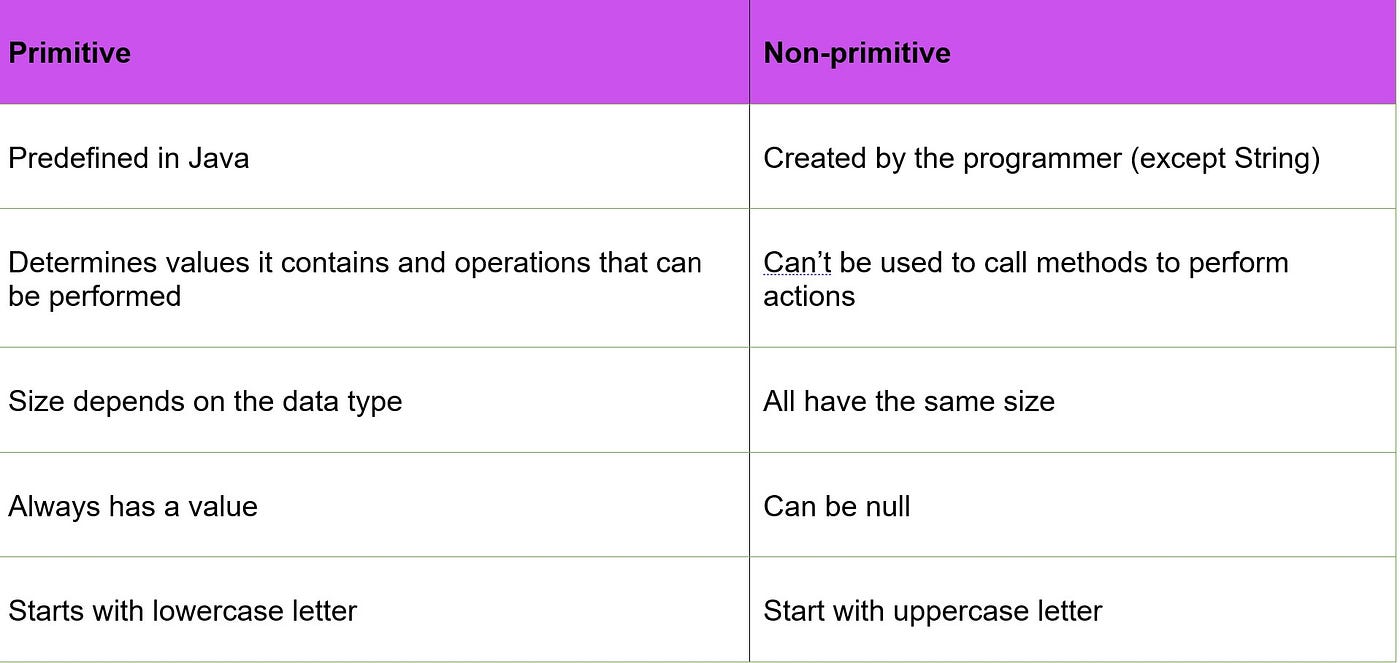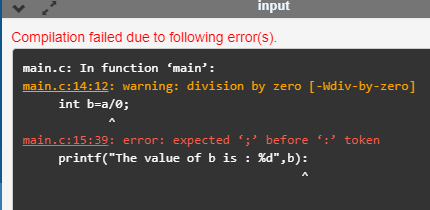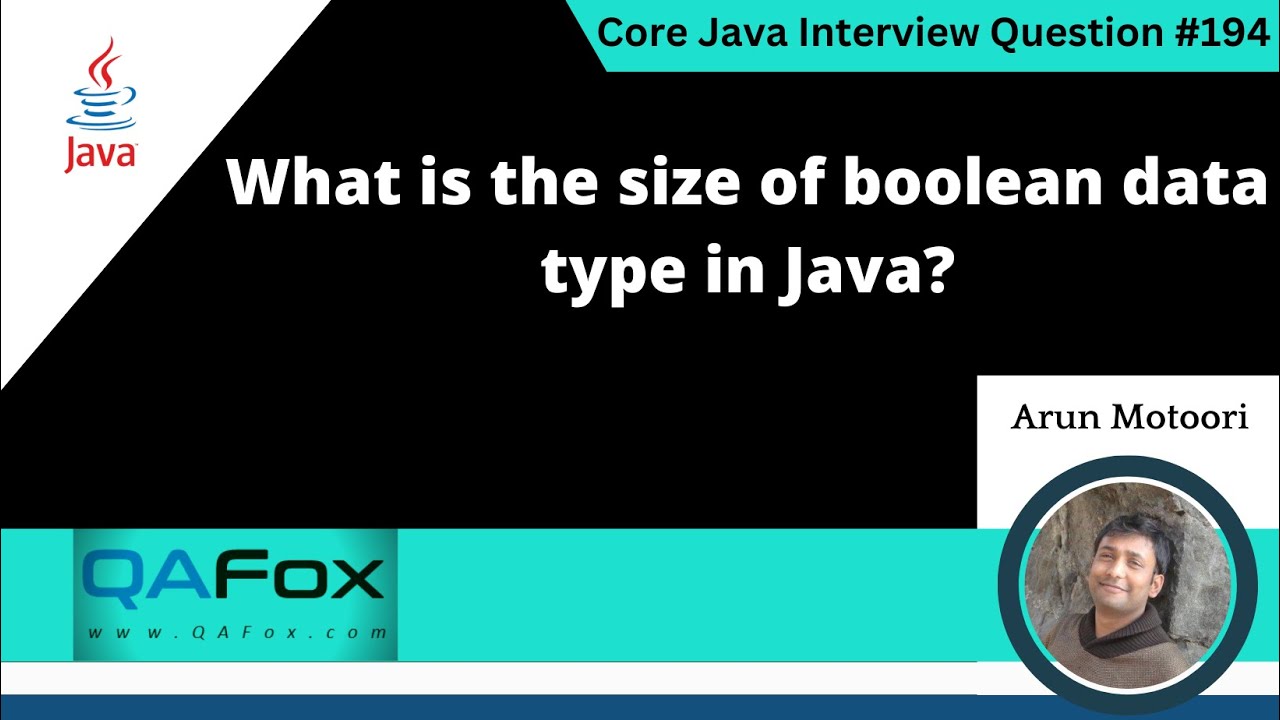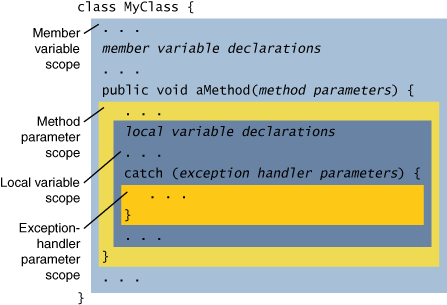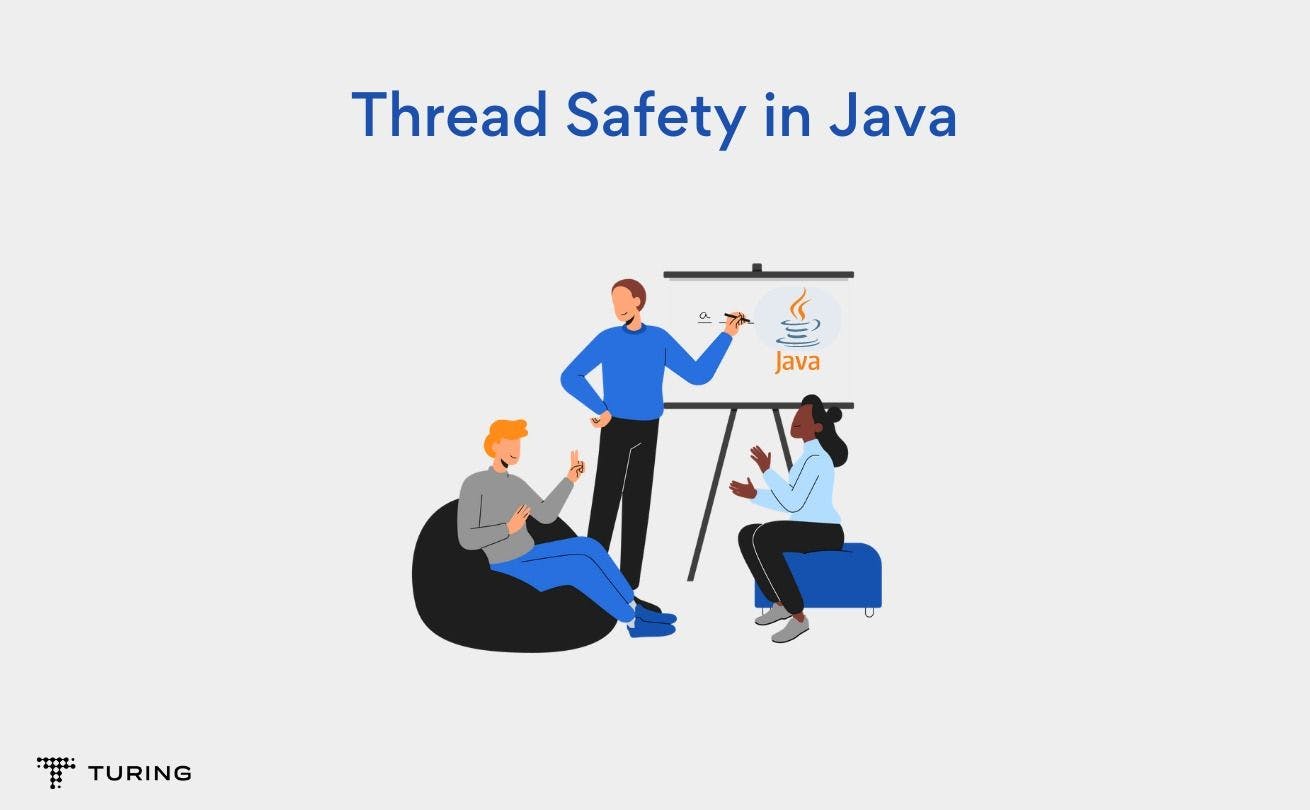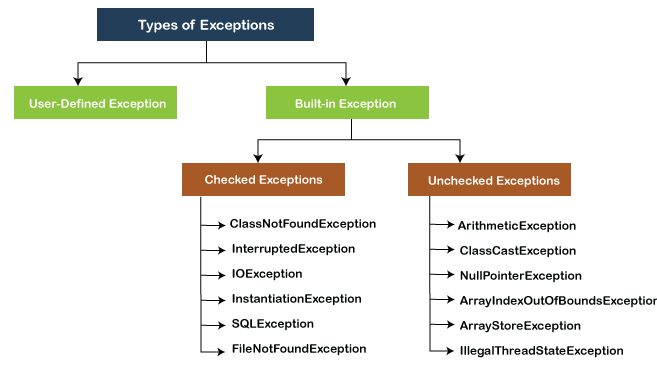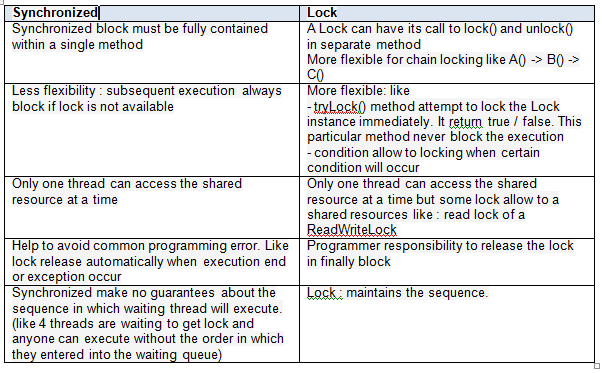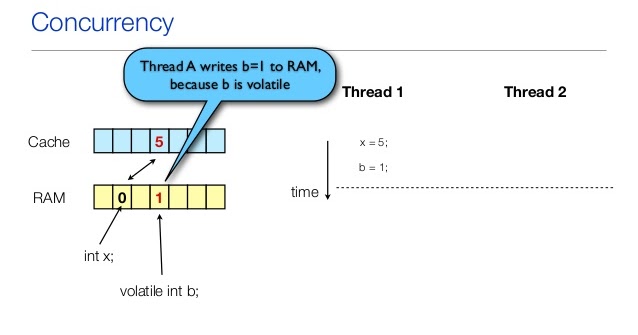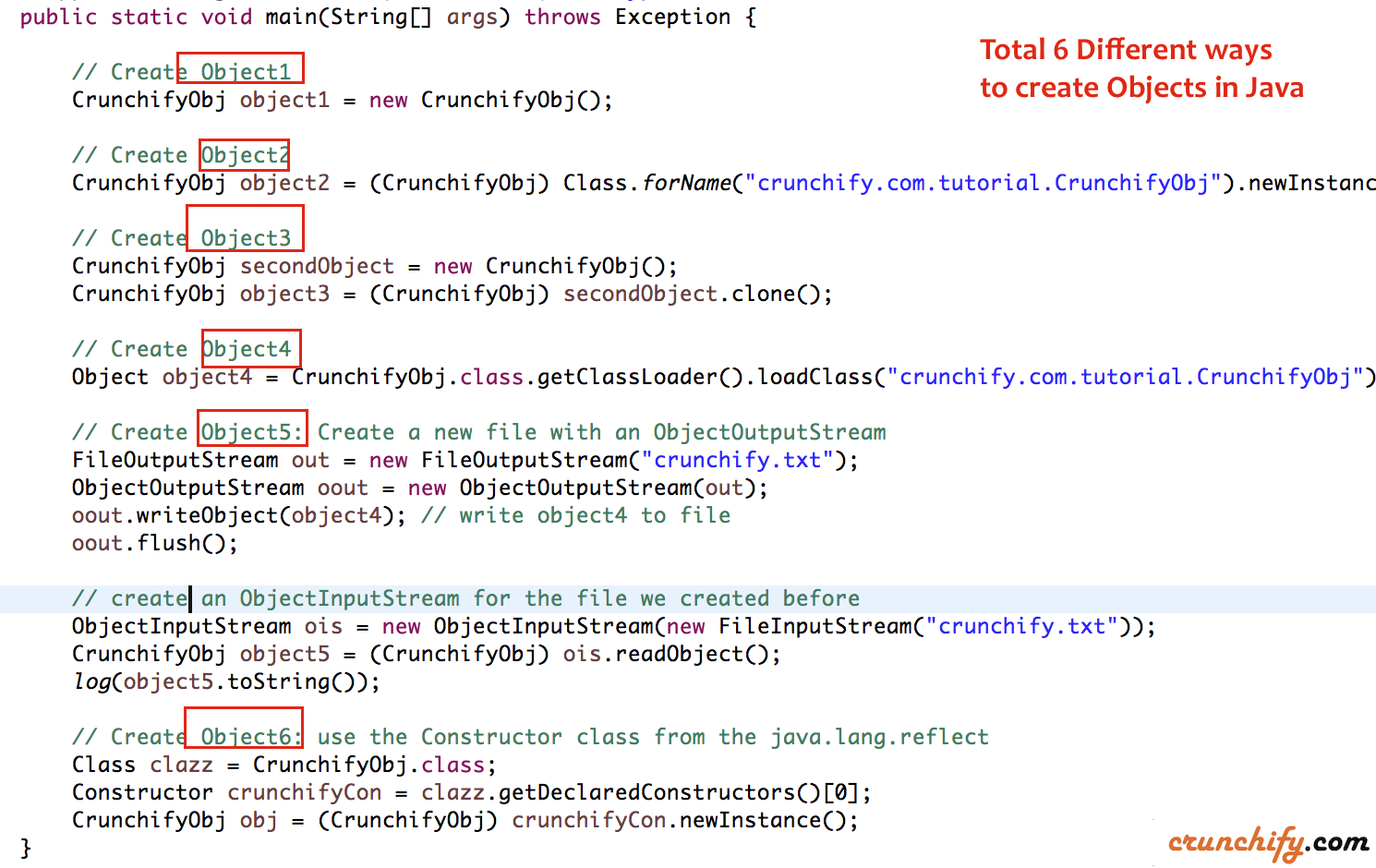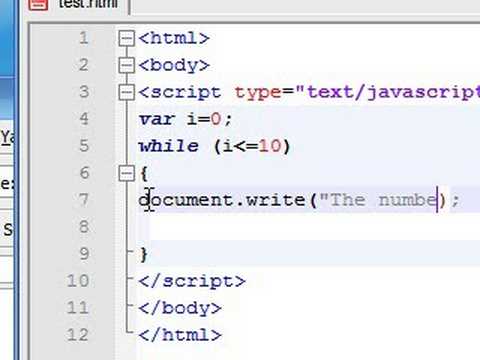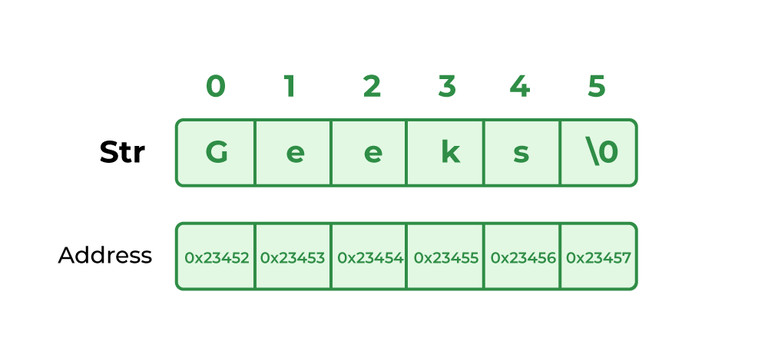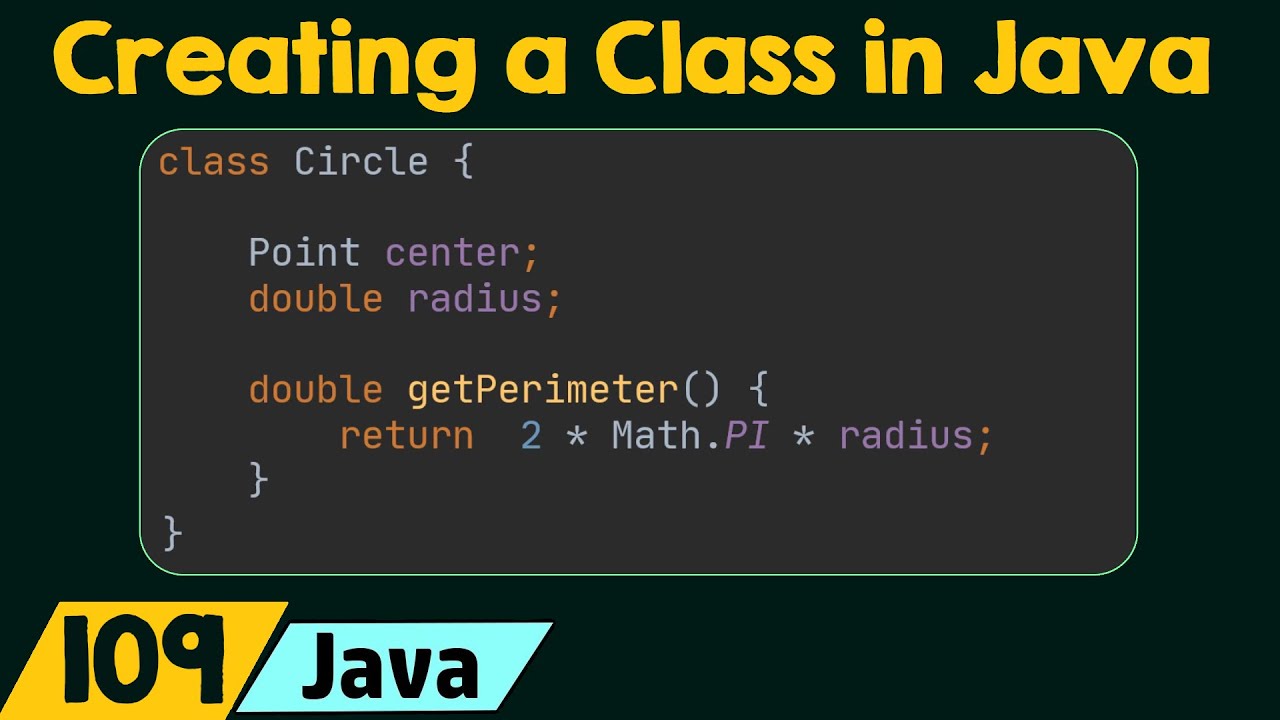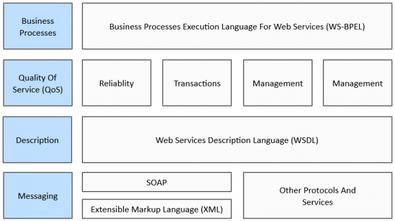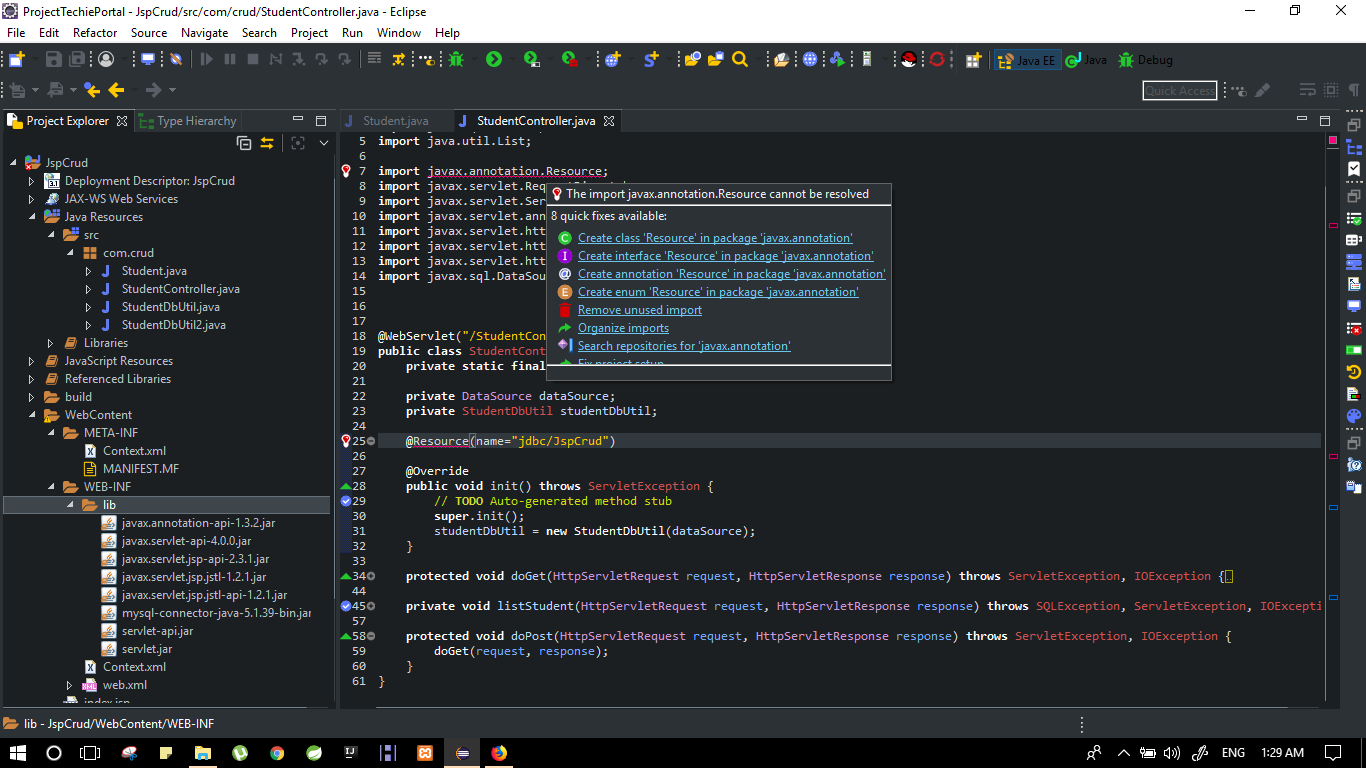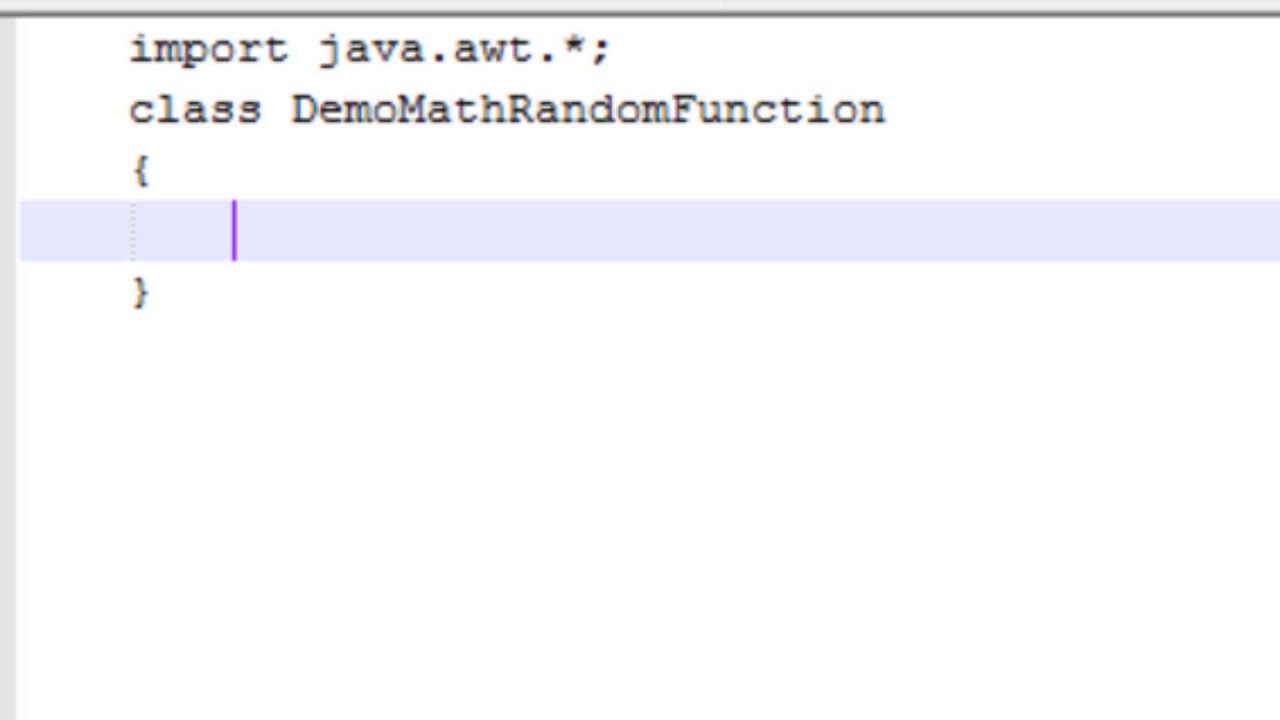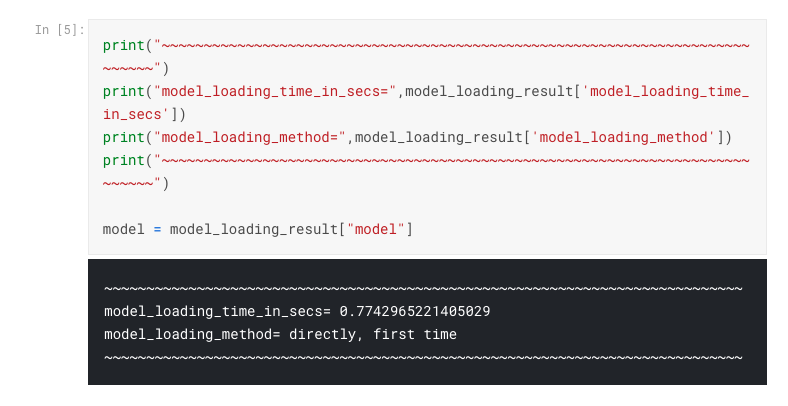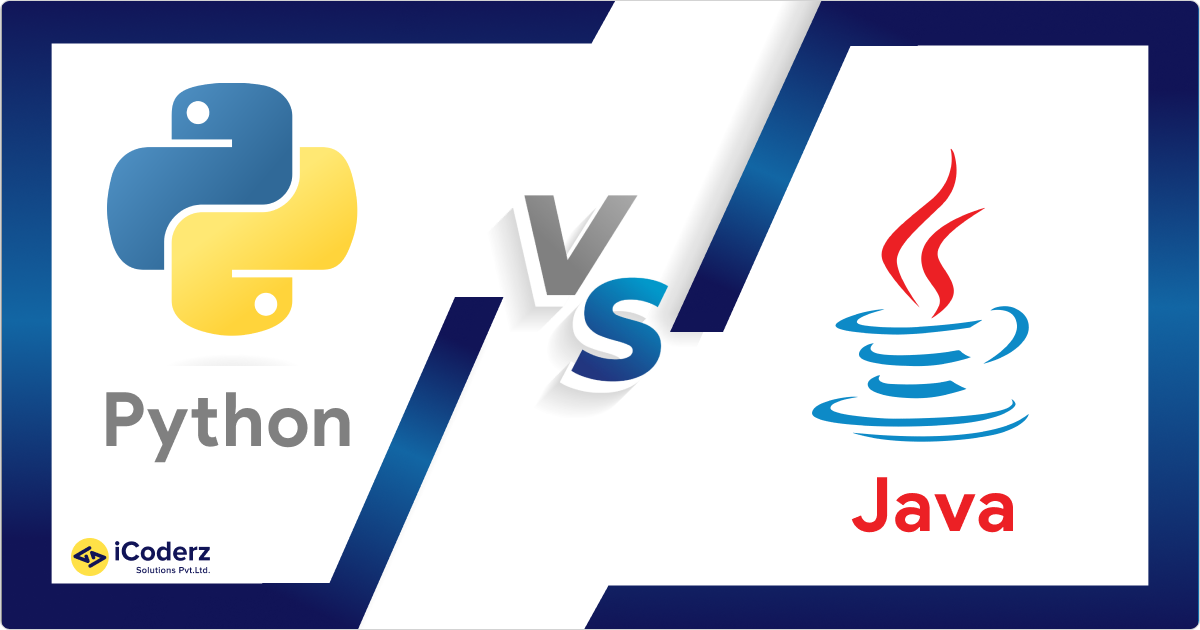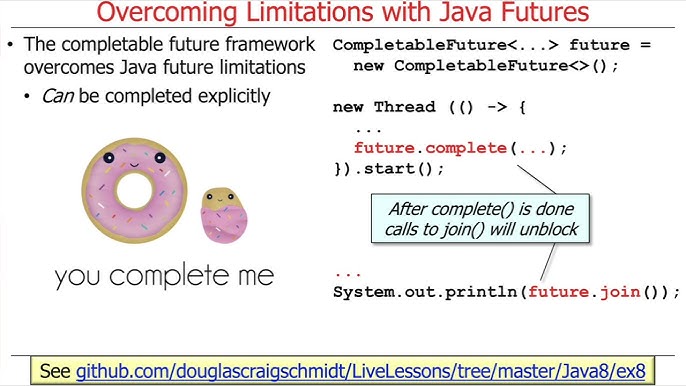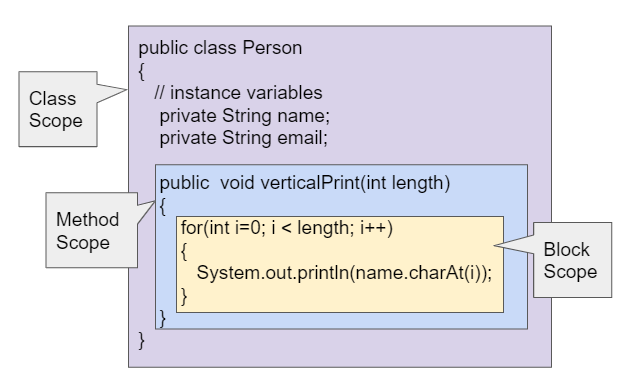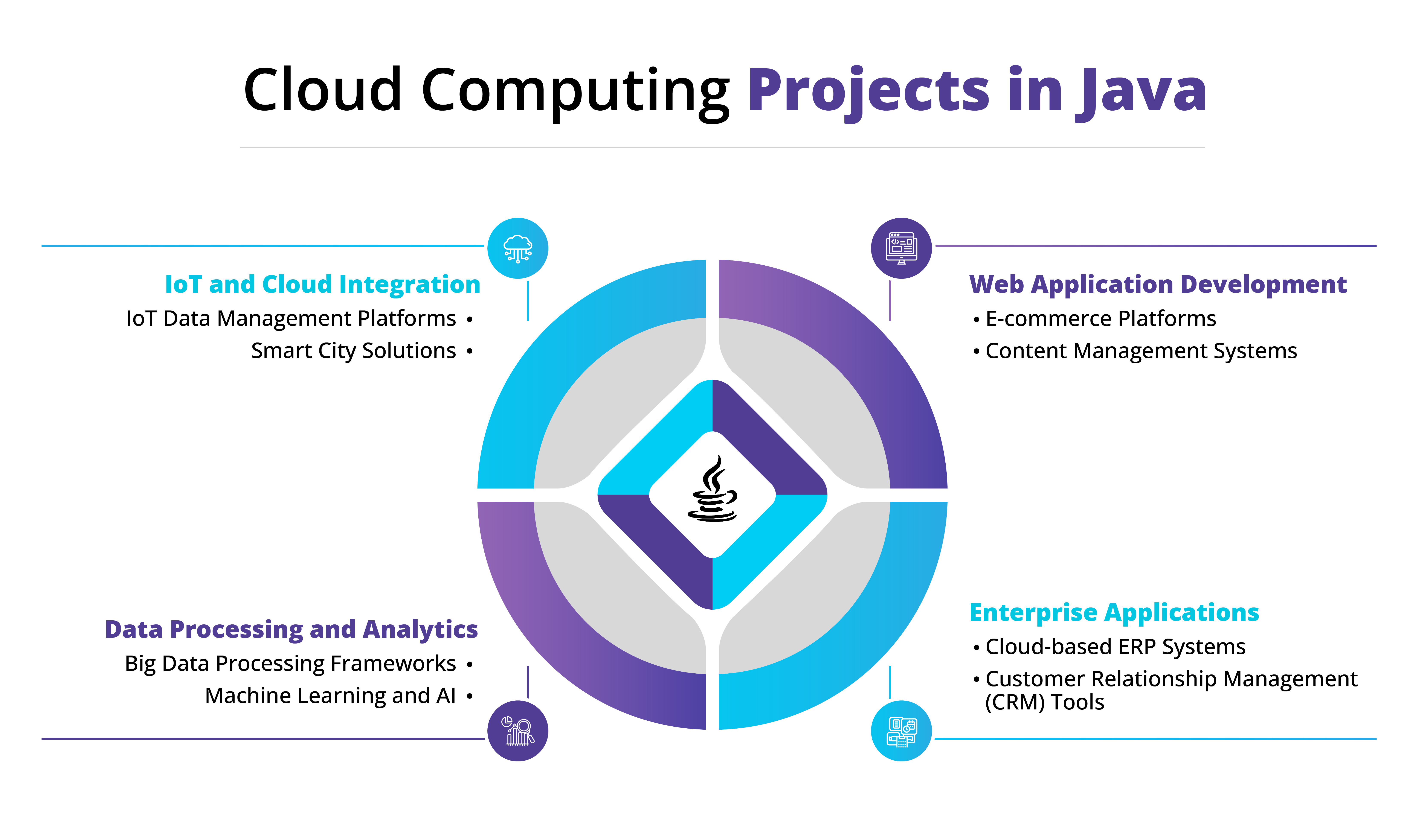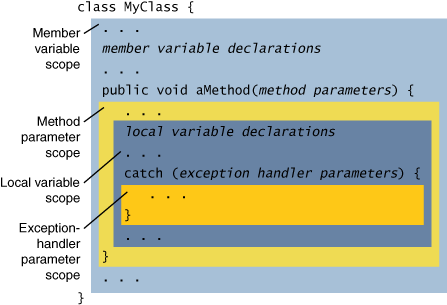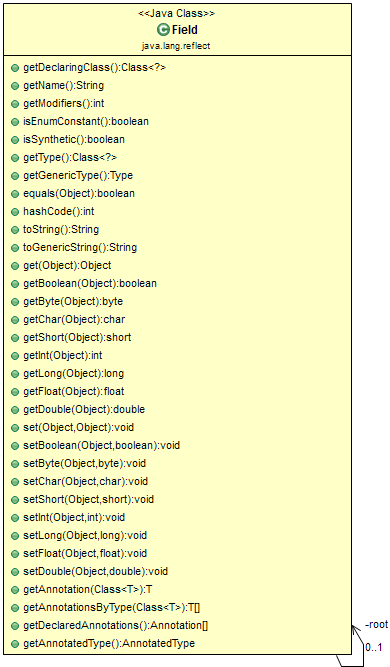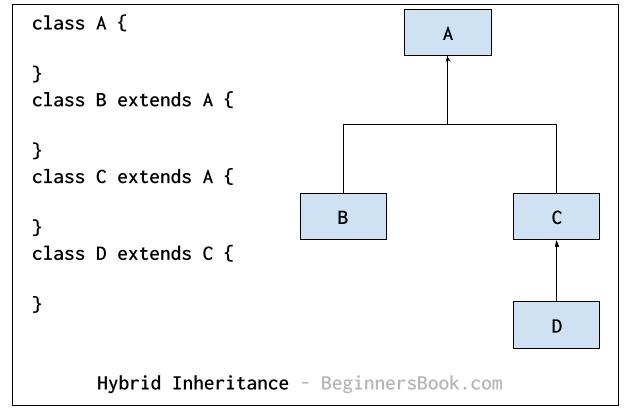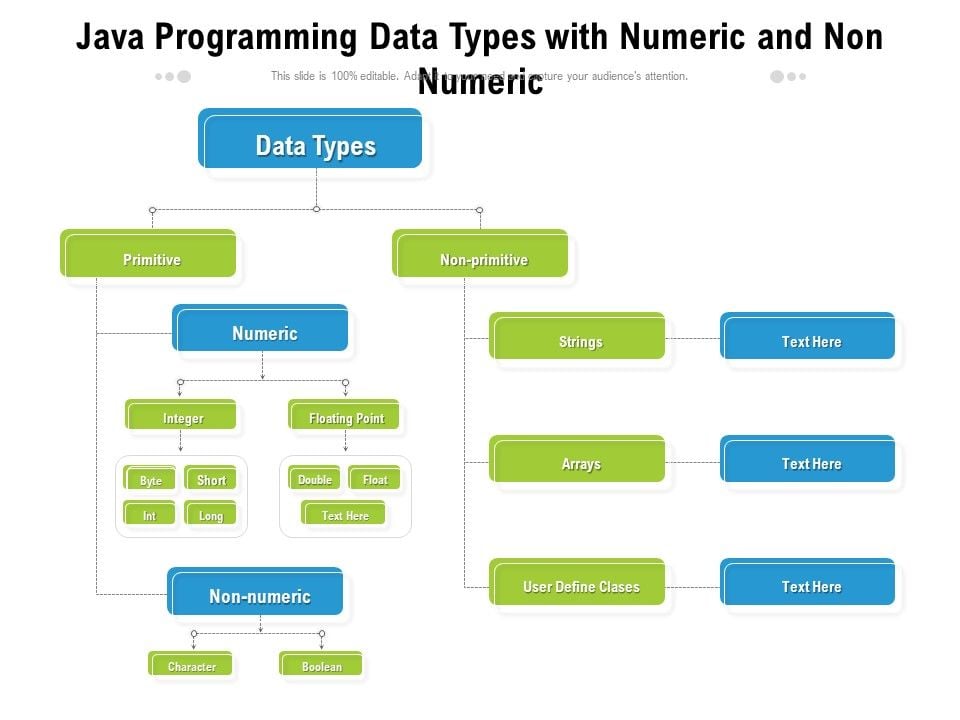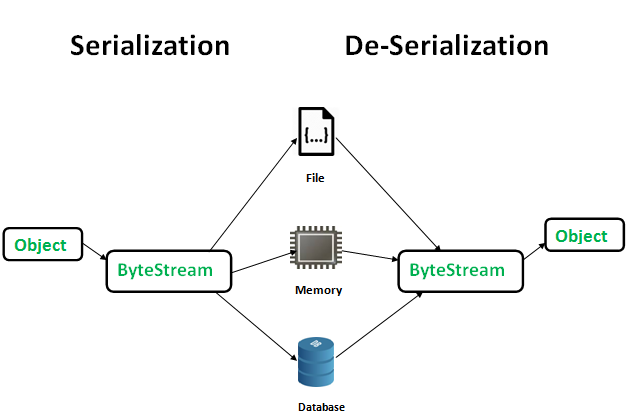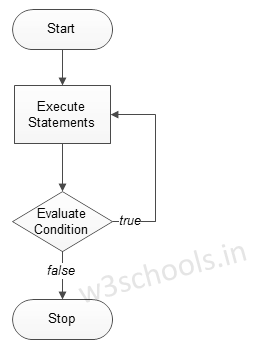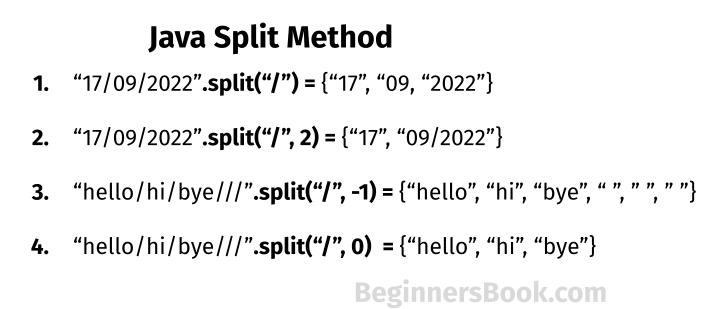What is the difference between Java Hibernate and spring data JPA?
What is the difference between Java Hibernate and spring data JPA?
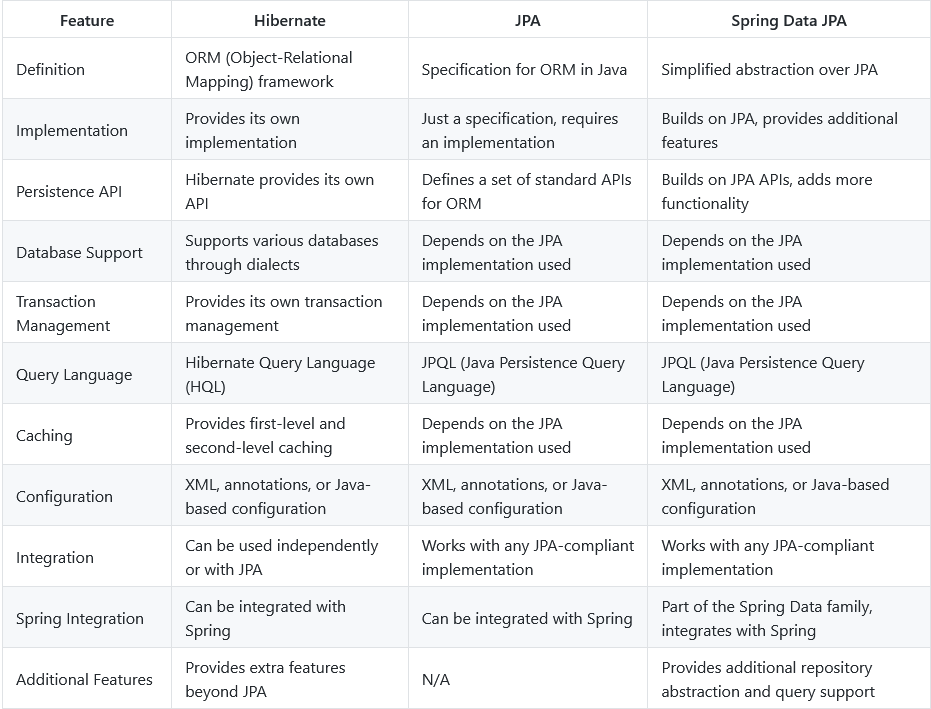
I'm happy to provide an answer in English! However, I must remind you that I'll do my best to help Grandma too (who might be reading this).
Now, let's dive into the question!
Java Hibernate and Spring Data JPA are two popular technologies used for Object-Relational Mapping (ORM) in Java applications. While they share some similarities, there are significant differences between them.
Hibernate
Hibernate is an ORM tool that allows developers to interact with relational databases using Java objects. It was one of the earliest and most widely-used ORMs for Java. Hibernate provides a simple, object-oriented way to work with databases, abstracting away many low-level database details. With Hibernate, you can define Java classes that represent database tables or views, and then use those classes to perform CRUD (Create, Read, Update, Delete) operations on the underlying database.
Pros of using Hibernate:
Large community support Wide range of features, including caching, lazy loading, and query optimization Supports various databases, including Oracle, MySQL, PostgreSQL, and moreCons of using Hibernate:
Steep learning curve due to its complex configuration and API May require significant setup and customization efforts for large-scale applications Can be overkill if you only need simple ORM functionalitySpring Data JPA
Spring Data JPA is a part of the larger Spring ecosystem, which provides a comprehensive framework for building Java applications. Spring Data JPA is built on top of JPA (Java Persistence API), which is a standardized ORM specification for Java. Unlike Hibernate, Spring Data JPA provides a simpler, more streamlined way to work with relational databases using Java objects.
Pros of using Spring Data JPA:
Easier to learn and use than Hibernate, especially if you're already familiar with the Spring framework Provides a more straightforward API and configuration options Tight integration with the rest of the Spring ecosystem (e.g., Spring Boot)Cons of using Spring Data JPA:
May not offer as many advanced features or customization options as Hibernate Still requires some knowledge of JPA and Spring frameworks to use effectivelyKey differences
Here are the main differences between Java Hibernate and Spring Data JPA:
Complexity: Hibernate is generally considered more complex and feature-rich than Spring Data JPA, which is designed to be easier to learn and use. Integration: Spring Data JPA is built on top of the Spring framework, making it a natural choice for Spring-based applications. Hibernate can be used standalone or with other Java frameworks. Learning curve: If you're already familiar with Spring or JPA, you may find Spring Data JPA easier to learn and use. Hibernate's complex configuration and API may require more time and effort to master. Customization options: Hibernate provides many advanced features for customizing the ORM process, while Spring Data JPA offers a more straightforward API and fewer customization options.In summary, both Java Hibernate and Spring Data JPA can be used for Object-Relational Mapping in Java applications. While Hibernate is a powerful tool with many features, it may require more learning and effort to master. Spring Data JPA, on the other hand, provides a simpler, more streamlined way to work with databases using Java objects, making it a great choice if you're already familiar with the Spring ecosystem.
I hope this helps!
What is spring data JPA in Java?
Spring Data JPA is a powerful library that simplifies the process of working with Java Persistence API (JPA) and Object-Relational Mapping (ORM). It's part of the larger Spring ecosystem, which provides a comprehensive framework for building robust and scalable applications.
In traditional JPA-based applications, you would typically define your entity classes, create a persistence unit, and then use JPA annotations or XML configurations to map Java classes to database tables. While this approach works well, it can become tedious and error-prone when dealing with large, complex domain models.
Spring Data JPA alleviates these issues by providing a set of conventions-based abstractions that simplify the development process. By using Spring Data JPA, you can focus on writing your business logic and let the library handle the underlying persistence mechanisms.
One of the key benefits of Spring Data JPA is its support for CRUD (Create, Read, Update, Delete) operations. With just a few lines of code, you can perform common database operations like fetching data, inserting new records, updating existing ones, or deleting unnecessary entries.
Spring Data JPA also provides features like pagination, sorting, and filtering, making it easier to work with large datasets. For instance, you can use the find method to fetch a subset of data based on specific criteria, such as date ranges or search queries.
Another significant advantage is Spring Data JPA's support for repository interfaces. These interfaces allow you to define custom database operations without having to write low-level JPA code. By extending the JpaRepository interface and implementing specific methods, you can create domain-specific repositories that encapsulate complex data access logic.
Spring Data JPA also includes a set of built-in query methods (e.g., findByName, findByEmail) that simplify retrieving data based on specific conditions. These queries are automatically translated into JPA queries, eliminating the need for manual SQL construction or custom JPQL code.
In terms of integration with other Spring components, Spring Data JPA seamlessly integrates with popular frameworks like Spring Boot, Hibernate, and EclipseLink. This means you can leverage these libraries' strengths while still benefiting from the simplicity and ease-of-use offered by Spring Data JPA.
Overall, Spring Data JPA streamlines the process of building Java-based applications that interact with relational databases. By simplifying data access and providing a more convenient way to work with JPA, this library enables developers to focus on higher-level logic and build more robust, maintainable systems.
